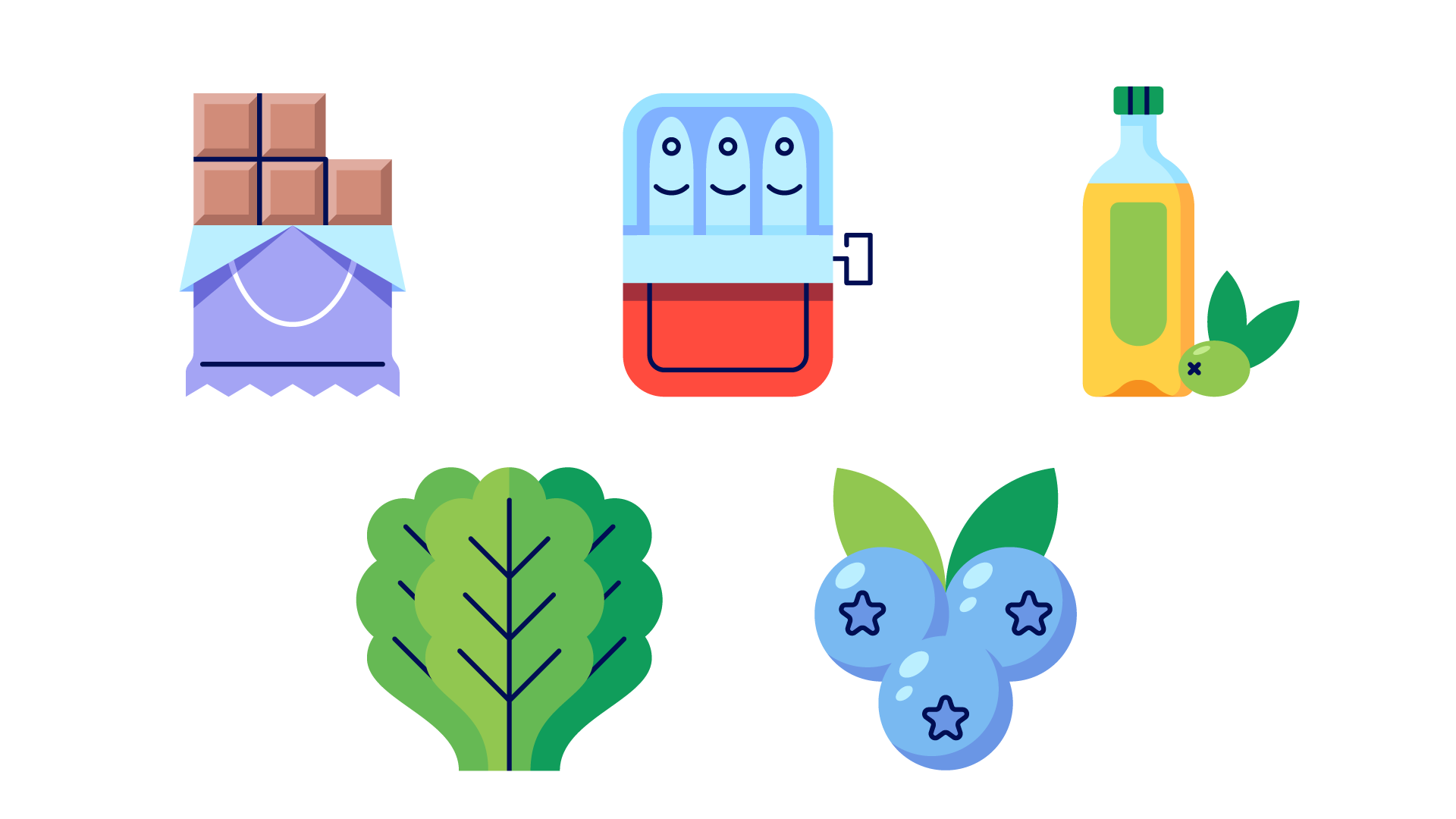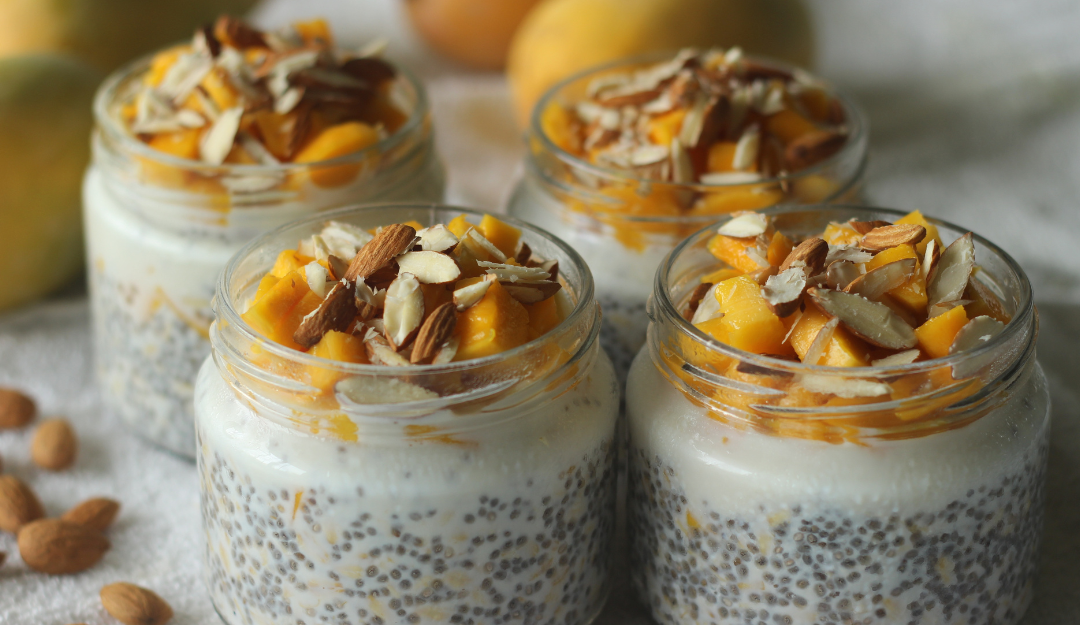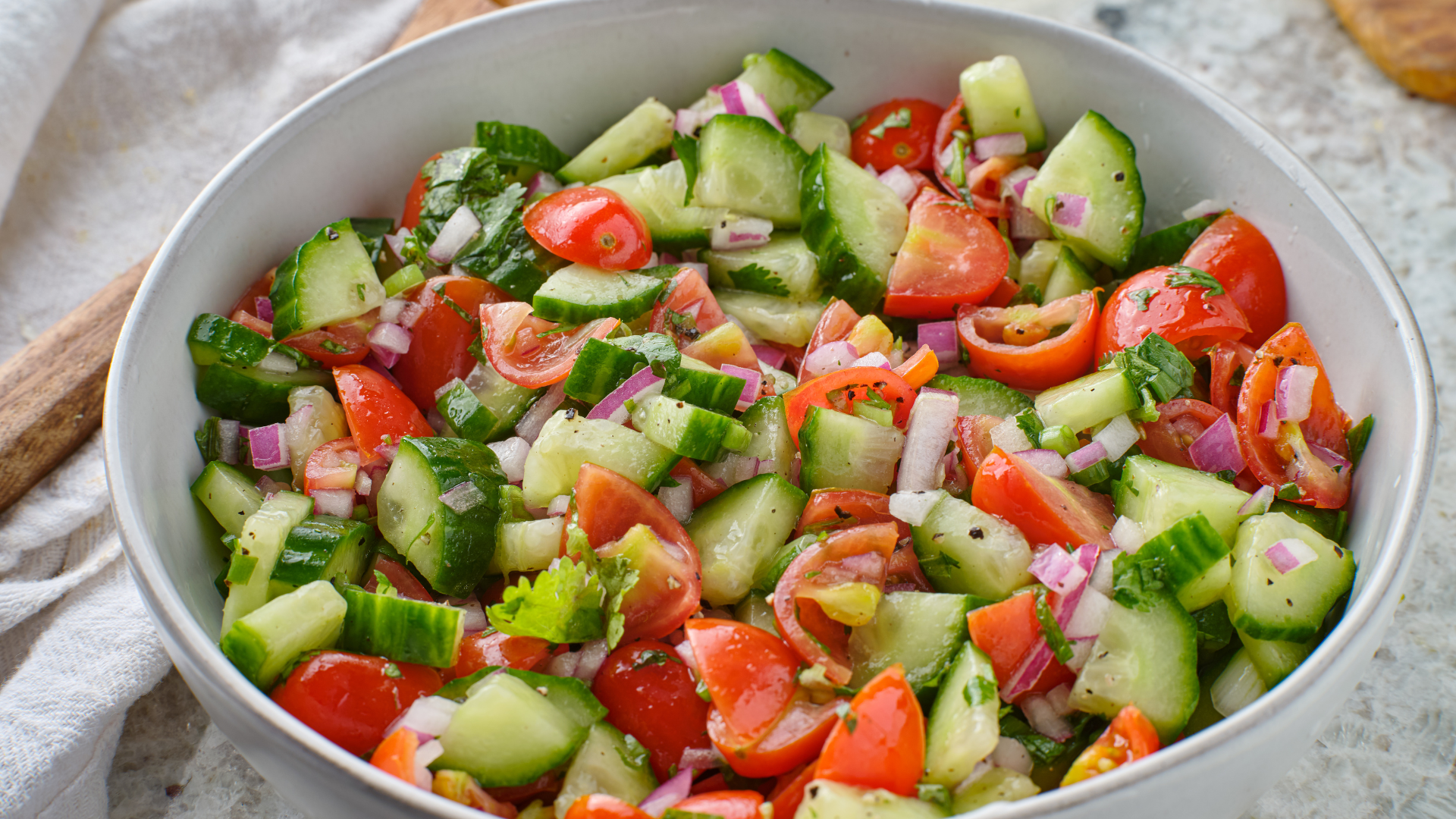Cut Back on Added Sugar for More Energy: A 7-Day Challenge
It usually starts around 3 p.m. You’re tired, unfocused, maybe even a little irritable, so you grab a soda, a granola bar, or a handful of something sweet. Ten minutes later, you’re back at your desk with a short-lived boost… followed by another crash.
Sound familiar? It’s a common cycle—and sugar might be to blame.
Too much added sugar can sneak into our diets, often in foods we wouldn’t expect. And while it may satisfy a sweet tooth in the moment, excess added sugar is linked to fatigue, inflammation, heart disease, and type 2 diabetes. Fortunately, a little awareness and a few intentional swaps can help you take control of your sugar intake.
This Monday, find out how added sugar may be impacting your health and take the 7-Day Cut Back on Sugar Challenge to jumpstart a healthier routine.

What Is Added Sugar?
Added sugar refers to sugars that are added during processing or preparation, like cane sugar, corn syrup, honey, and agave. These are different from naturally occurring sugars found in fruits and vegetables, which come with fiber and nutrients.
The leading sources of added sugars in the U.S. diet come from processed and prepared foods—especially sugar-sweetened beverages, desserts, and sweet snacks like ice cream, pastries, and cookies.
Common sources of added sugar:
- Sweetened beverages (soda, sports drinks, flavored coffees)
- Packaged snacks and baked goods
- Yogurt and ice cream
- Granola and energy bars
- Sauces and condiments like ketchup and salad dressings
- Breakfast cereals
What to look for on labels:
- High-fructose corn syrup
- Cane sugar or syrup
- Dextrose, fructose, glucose, maltose
- Brown rice syrup
- Fruit juice concentrate
Be sure to check the “Added Sugars” line on the Nutrition Facts label—it’s now required by the FDA.
How much is too much?
The American Heart Association recommends limiting added sugars to no more than 6% of calories each day. For most American women, that’s no more than 100 calories per day, or about 25 grams (6 teaspoons) of sugar. For men, it’s no more than 150 calories per day, or about 36 grams (9 teaspoons).
Be cautious with “sugar-free” or “diet” foods and drinks.
These often contain artificial sweeteners like sucralose or aspartame, which may have their own health effects and can keep your sweet cravings active. Instead, reach for whole foods or items sweetened naturally with fruit, spices, or simple ingredients.
Why Too Much Added Sugar Isn’t So Sweet
A little sugar now and then is okay, but regularly eating too much added sugar can have real effects on your health. Here’s how:
1. It raises your risk of heart disease.
Too much sugar, especially from drinks and processed snacks, is linked to a higher risk of heart disease—even in people who aren’t overweight. One study found that getting more than 17% of your daily calories from added sugar significantly increased the risk of dying from heart disease.
2. It contributes to inflammation
Excessive sugar can trigger inflammation in the body, which plays a role in many chronic conditions including arthritis, cardiovascular disease, and even depression.
3. It affects your mood and energy.
That sugar high? It’s usually followed by a crash that leaves you feeling sluggish, irritable, or craving more. Over time, high sugar intake is linked to fatigue and an increased risk of depression, especially for those who regularly consume sugary drinks or highly processed foods.
4. It can mess with your appetite.
Added sugars can affect hormones like insulin and leptin, which help regulate hunger and fullness. This can lead to overeating and make it harder to maintain a healthy weight.
5. It may impact your brain health.
Studies suggest that high sugar intake may impair memory and cognitive function over time, possibly due to inflammation and insulin resistance in the brain.
7-Day Cut Back on Sugar Challenge
This challenge is all about awareness and progress, not perfection. If you regularly eat a lot of added sugar, it might feel tough at first—but that’s okay. Each day gives you a small, manageable goal to help you notice where sugar sneaks in and how to swap it out. And if you slip up? Don’t give up. Just start fresh the next day. Download the PDF here.
Reducing added sugar doesn’t mean giving up sweetness—it just means being more mindful of what you’re choosing. You might find that your taste buds adapt quickly, and the natural flavors of whole foods start to shine. Try repeating the challenge, or continue building on your progress one small step at a time.



